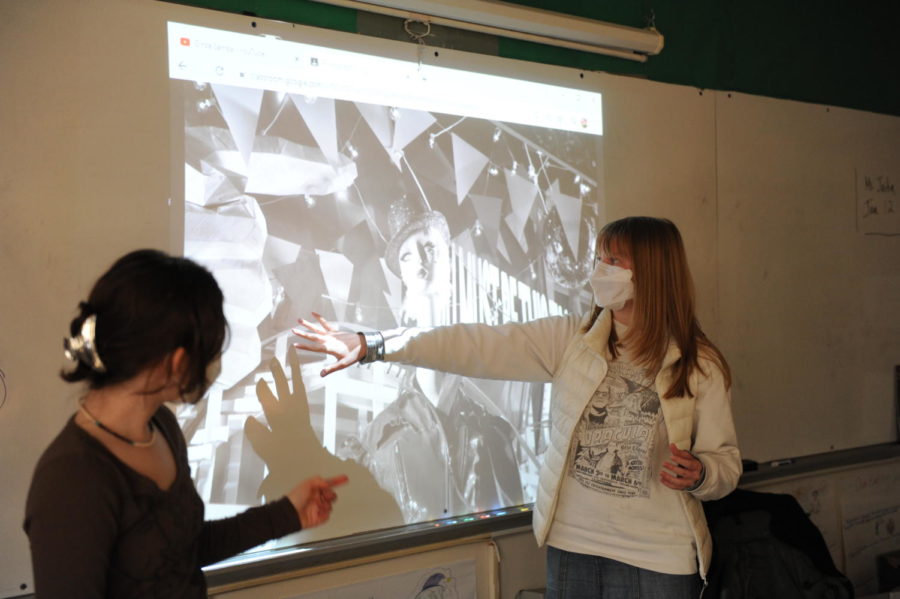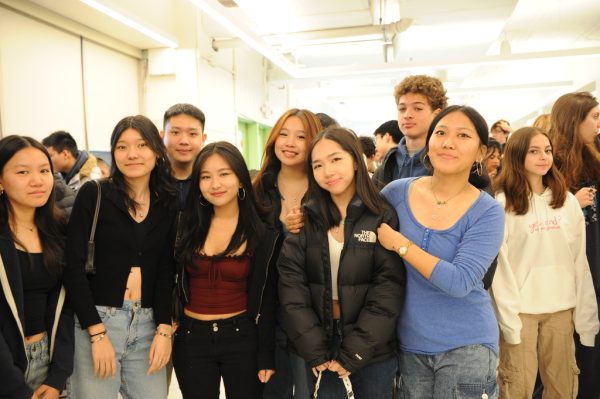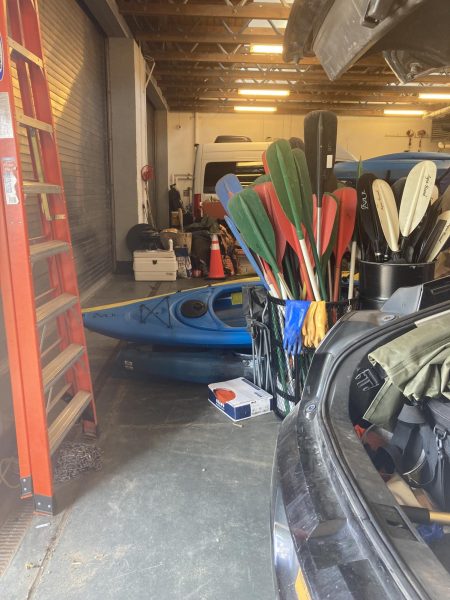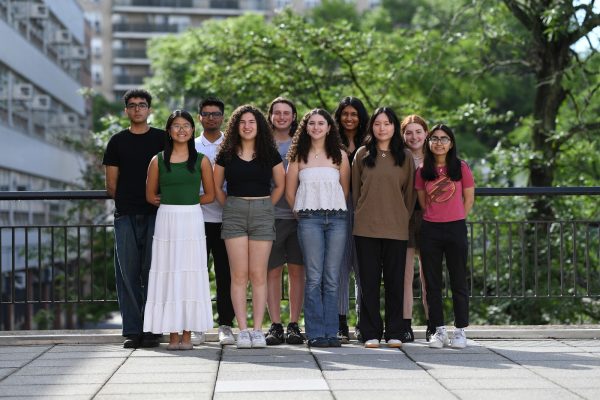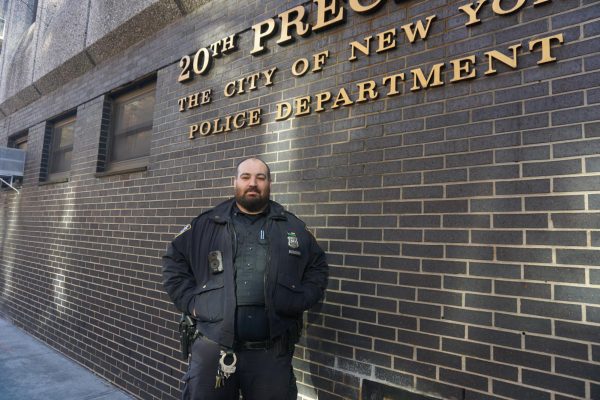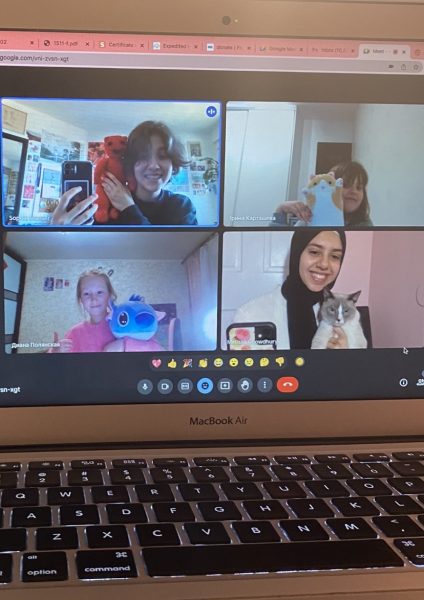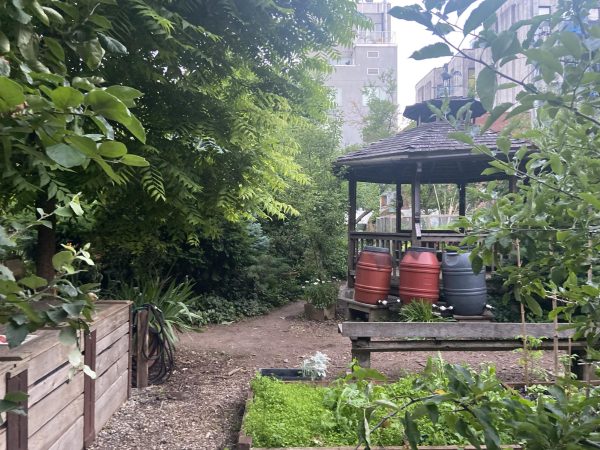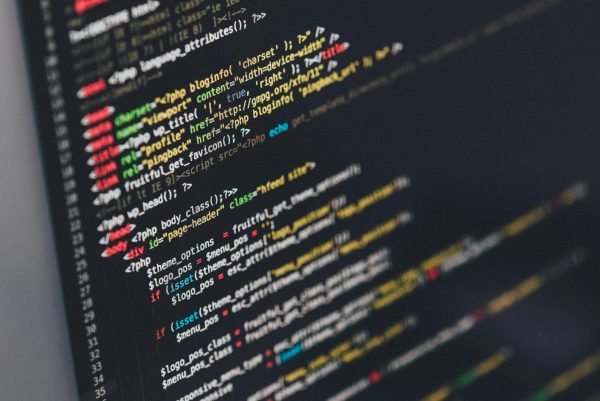Behind the Scenes of Bronx Science Clubs: How Do They Run?
The fascinating inner workings of how clubs operate.
Members of Dynamo, the Bronx Science literary magazine, discuss a submission during a club meeting. Dynamo is one of over 80 clubs and organizations at Bronx Science.
In a single Bronx Science afternoon, you can go from exploring imaginary worlds in the Dungeons and Dragons club to learning about your next investment at the Investment Society to competing with your friends in the E-Sports club. But how do they work? How do Bronx Science’s numerous clubs run their weekly meetings, and what allows them to run? To find out, I asked students in leadership roles in ten clubs how they run their meetings during the current 2021-2022 academic school year.
How Clubs Run
This academic year, since clubs started later than usual given the numerous logistics involved regarding the ongoing Coronavirus pandemic, many clubs have had fewer meetings than usual at this point in the year.
For example, the Photography Club has only conducted several meetings. And clubs such as Bronx Science Hackers and uDev have only recently started and plan on teaching the fundamentals of programming to their club members as soon as possible.
Other clubs have held meetings more regularly. Clubs such as DECA (Distributive Education Clubs of America), a club that helps students develop leadership and entrepreneurial skills, have been doing fine as they started lessons to prepare for the competitions in which they participate.
But the process of running a club is more complicated than just planning and running meetings, as there are other crucial parts to maintaining a club.
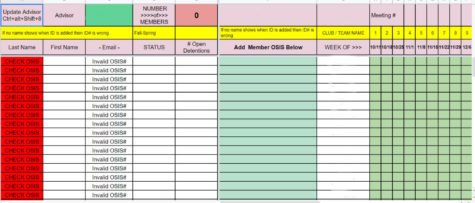
To start off, all clubs have to maintain club attendance and provide an attendance sheet at the end of every meeting. In the past, each club had to create their own spreadsheet and input data such as member names, emails, and student IDs, then share the spreadsheet with the LOP. Now however, the LOP has shared a uniform spreadsheet amongst club leaders that automatically fills in student information when provided with the student ID. This has greatly simplified the process for clubs, as they only need to take down student ID numbers and can centralize information that is gathered.
Clubs also need to make sure to keep student interest high in order to have meetings well attended. They are required to maintain an attendance of 10-15 members per meeting in order to function. This number was raised from last year in order to compensate for the growing number of clubs and to make sure that all clubs that exist are representative of the interests of the student body. Some clubs have had to merge with others in order to meet this requirement, such as the newly formed Games Club, a merging of Tabletop Games, Mobile Games, and Rubik’s Cube Club. By merging their memberships, minimum attendance numbers have been met.
The League of Presidents
The League of Presidents, or LOP for short, is the organization in charge of clubs and club functions here at Bronx Science.
The general consensus appears to be that the League of Presidents (LOP) functions well, but that it should work on improving its communication. Colin Lam ’22, president of the Aerospace club, said, “I think the LOP is good. I completely understand some of the organization’s limits, but I think those limits need to be more clear for people wanting to start a club.”
Clubs such as Bronx Science Hackers, Rubiks’ Cube, and Leftist Theory wished they had received more advance notice on their clubs’ mergers. “Because of the merger, our schedule has been slightly messy, since we and Young Democrats are both relatively loud clubs with opposing viewpoints. We have been trying to figure out how to solve this,” said Karishma Ramkarran ’23.
Several clubs also expressed concerns about losing individuality as a result of the mergers. “Merging our club and a club like Competitive Programming was a bit weird. We only share interest in coding, and aside from that, our clubs have very different moods,” argued Mohymin Islam ’23, president of Bronx Science Hackers.
However, it is important to note that the LOP is currently working under highly unusual conditions, giving the ongoing Coronavirus pandemic. Over the last year, many clubs lost their advisors as a result of schedule changes as a result of the pandemic. This resulted in the LOP needing to find new advisors for many clubs, and needing to make changes in order to make sure all clubs can exist.
Suggested Improvements
During interviews with club leaders and the student body, many suggestions and ideas regarding improving club experience for students and club leaders arose.
One suggestion was to add short descriptions to clubs on the club masterlist that is sent out to all students. Students such as Justin Yi Cheng ’23 and several others stated that they are unclear what certain clubs do. For example, in a small survey, many people had problems identifying the goals of clubs like Seekers and DECA, as they are clubs that do not have their activities listed out in their name. All of this can lead to confused students and fewer students in attendance for these clubs.
Another request was to provide some more advertising opportunities for clubs. As of now, clubs are essentially engaged in contests regarding attendance. The more people the club board knows, the more likely they are to thrive. Clubs need more ways of attracting prospective members. Posters are great if a club can be simplified into slogans and visuals, but most clubs are very complicated and intricate, and a poster just does not do the club justice. One suggestion given was to give students a pamphlet style booklet with clubs and small descriptions listed on them. This, although time consuming and costly, might be a great way to give clubs an additional way to advertise, as well as to give students a way to learn more about the clubs that are available to them.
How do Bronx Science’s numerous clubs run their weekly meetings, and what allows them to run? To find out, I asked students in leadership roles in ten clubs how they run their meetings during the current 2021-2022 academic school year.
Tiankuo Zhang is an Editor-In-Chief for 'The Science Survey.' He sees journalism as something that has withstood the test of time and finds the transcriptions...
Maggie Schneider is an Editor-in-Chief of ‘The Science Survey.’ She loves journalistic writing because it is a recognition of the infinite number of...

